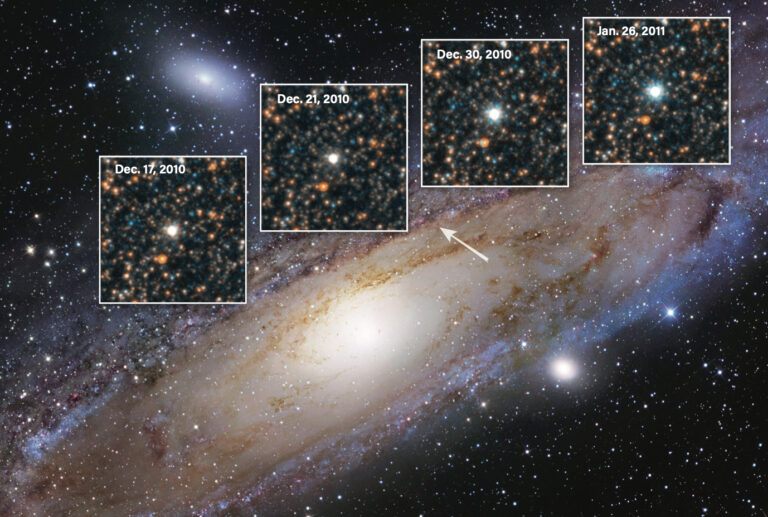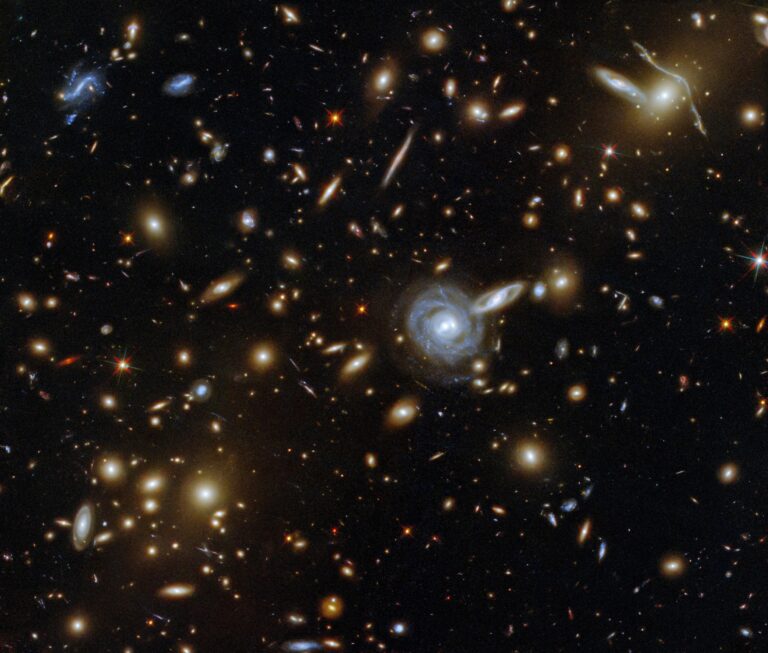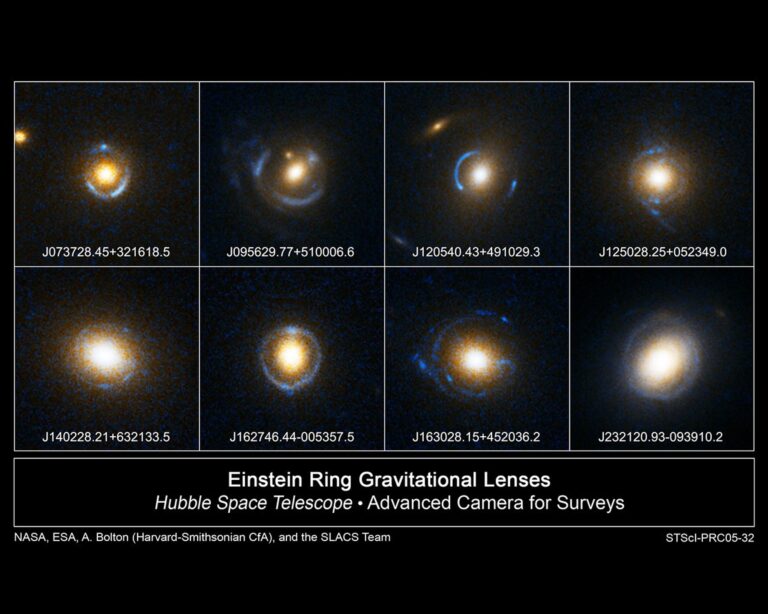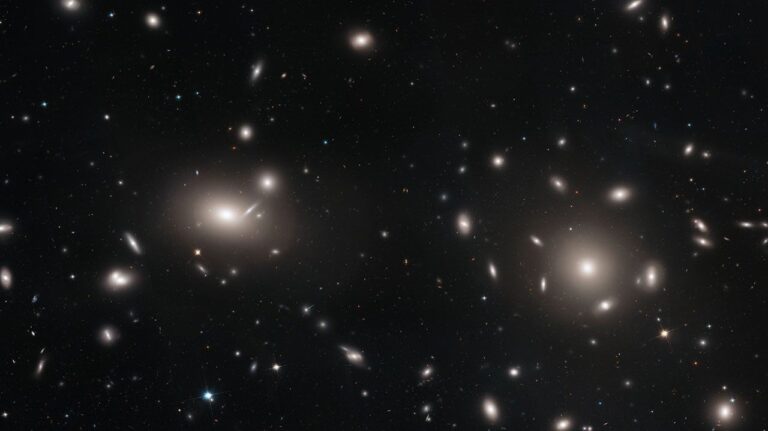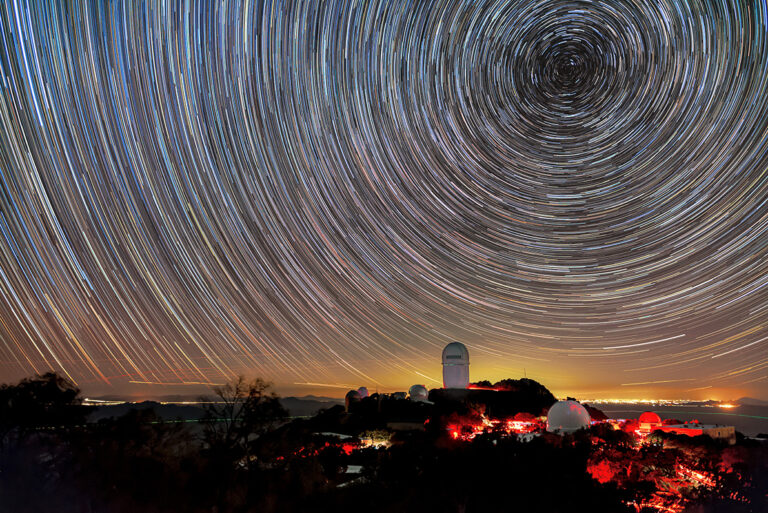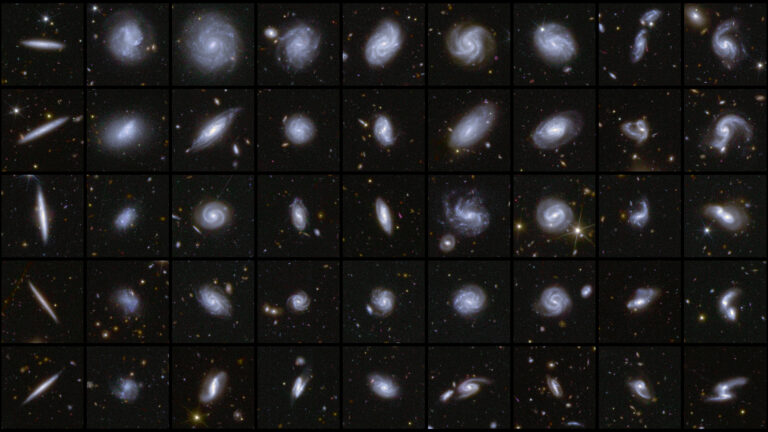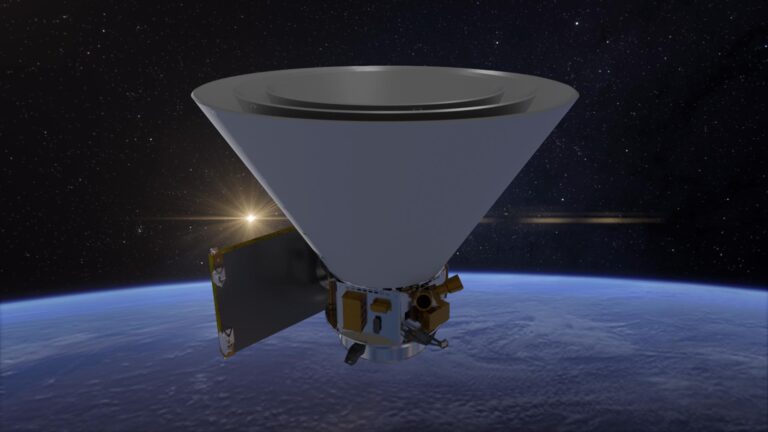Key Takeaways:
The main science goal of the Planck mission is to map the Big Bang’s residual light, called the cosmic microwave background, in better detail than ever before. The ESA animation below shows how the spacecraft scans the sky. It rotates on its axis with a rate of one turn per minute, and the axis is offset by 85°. Planck, therefore, sweeps out a small strip of the sky on each rotation. As the spacecraft remains at the L2 region and thus orbits the Sun, this strip changes by about 1° per day. Planck ends up mapping the entire sky over six months. The March 2013 release, which incorporated the first cosmology results from the Planck team, and is described in detail in my October 2013 Astronomy article, “How Planck has redefined the universe,” incorporates 15.5 months of observations, or 2.5 all-sky maps.


